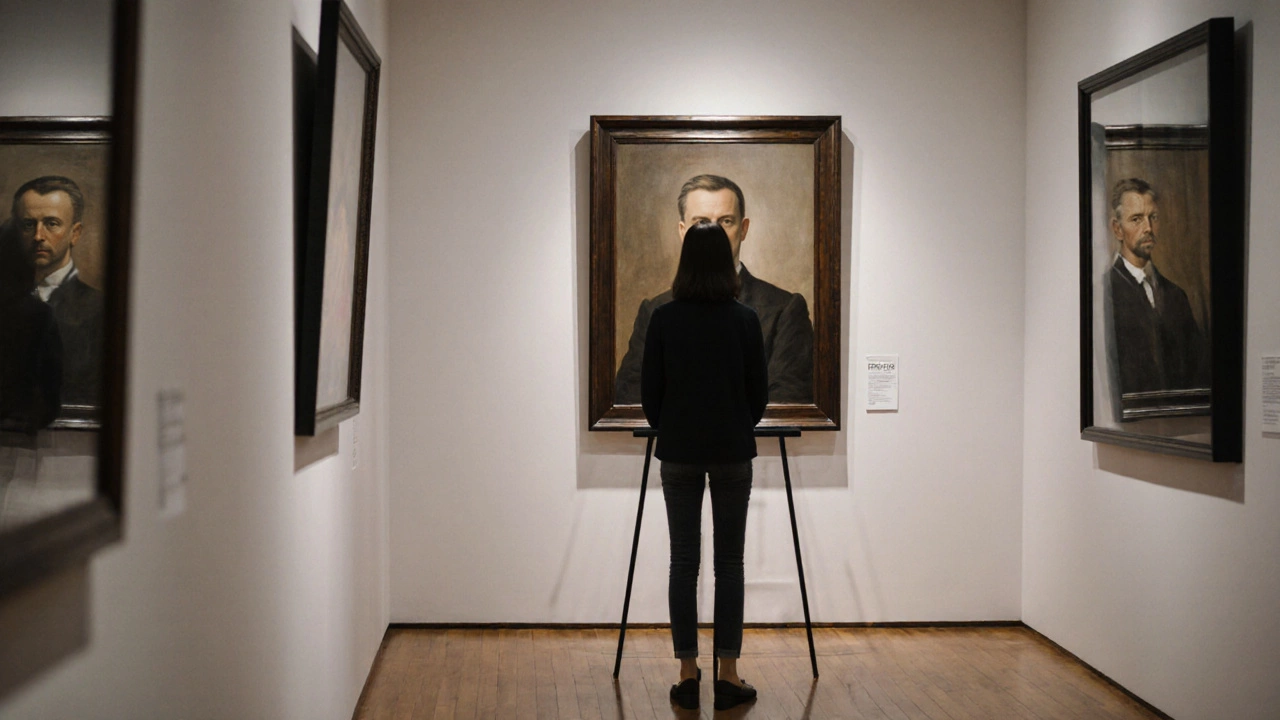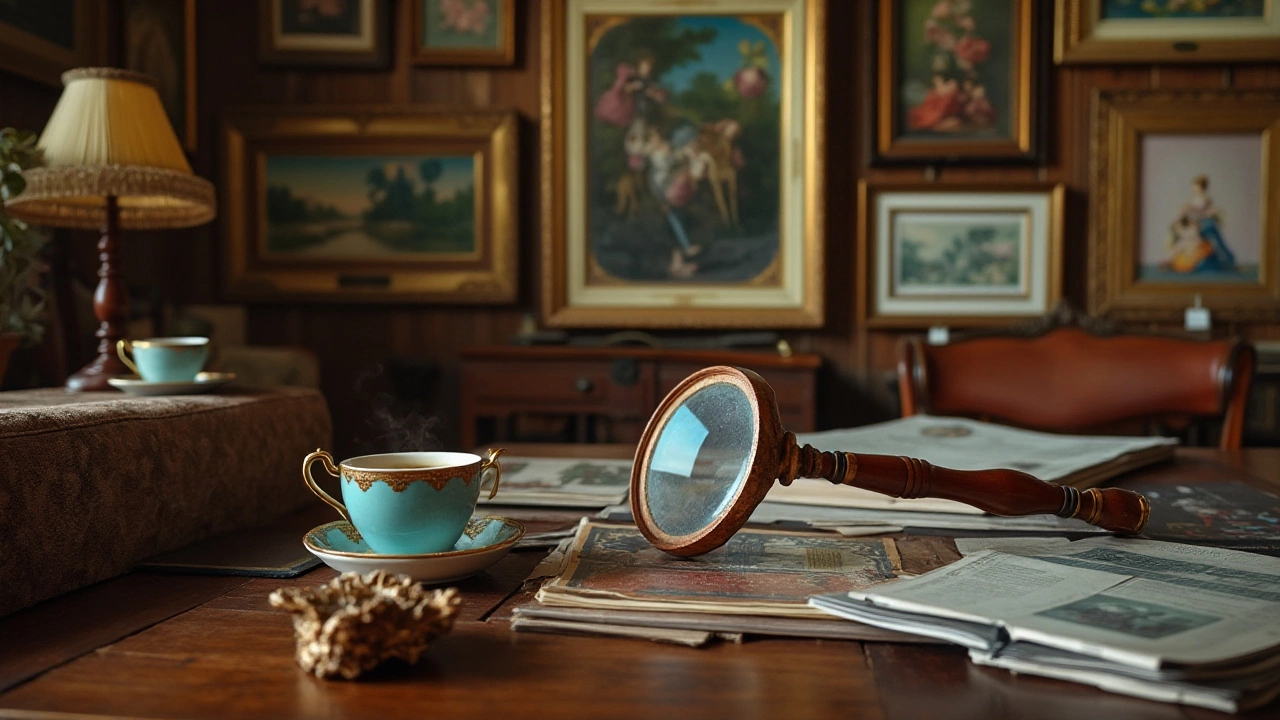Art and Collecting: Your Everyday Guide
If you’ve ever stared at a gallery wall and wondered how to begin your own collection, you’re not alone. Collecting art doesn’t have to be intimidating – it’s mostly about knowing what you like and how to protect your investment.
Why Start Collecting Art?
First off, art adds personality to any space. A well‑chosen piece can spark conversation, boost mood, and even grow in value over time. For many, the thrill of finding a hidden gem outweighs the price tag.
Second, the UK art market offers a range of entry points. From local studio sales to online auction houses, there are options for every budget. You don’t need a millionaire’s wallet to own something meaningful.
How to Spot Valuable Prints
Prints are a great starting point because they’re usually more affordable than original paintings. To gauge value, look at three things: rarity, artist reputation, and condition.
Rarity means how many copies exist. Limited edition runs (often numbered) are worth more than open‑edition prints. Check the artist’s website or the printer’s catalogue for production numbers.
The artist’s name matters, too. A print by a well‑known creator like David Hockney will fetch higher prices than an emerging local talent, even if the artwork looks similar.
Condition is the final piece of the puzzle. Scratches, fading, or a missing frame can drop value fast. Keep prints out of direct sunlight and store them flat to preserve quality.
Provenance, or the ownership history, also adds credibility. If the print comes with a certificate of authenticity or a receipt from a reputable dealer, you’ve got a solid foundation for future resale.
When you find a print that ticks these boxes, compare prices across a few platforms. Sites like Paddle8, Sotheby’s Institute, and local art fairs can give you a realistic market range.
Don’t forget to factor in additional costs. Framing, insurance, and shipping can add up, but they protect your investment and keep the artwork looking its best.
One simple habit can save you money: build a relationship with a trusted dealer. They often alert collectors to new releases before they hit the open market, giving you first pick on limited editions.
Another tip is to attend gallery openings and artist talks. You’ll learn what’s trending, meet creators, and sometimes grab a piece at a lower price before the hype builds.
Finally, trust your gut. If a print speaks to you and you enjoy looking at it daily, that emotional connection is worth more than any resale value.
Collecting art is a personal journey, not a race. Start with a few pieces that reflect your taste, learn the basics of value, and let your collection grow naturally over time.

1 Dec 2025
Blue chip art refers to high-value, historically significant artworks by internationally recognized artists like Picasso and Warhol. These pieces are collected by museums, sell at major auctions, and serve as stable long-term investments.
Continue reading...

26 Oct 2025
Learn how to assess a reasonable painting price by exploring size, medium, artist reputation, provenance, and market channels with practical steps and real‑world price benchmarks.
Continue reading...

13 Dec 2024
Art prints can be a delightful addition to any collection, offering beauty and potential value. Discovering if a print is valuable can be influenced by various factors, including its rarity, artist, condition, and provenance. Understanding how to identify these elements can help determine a print's worth. With knowledge and careful inspection, you can uncover hidden gems and make informed collecting decisions.
Continue reading...


